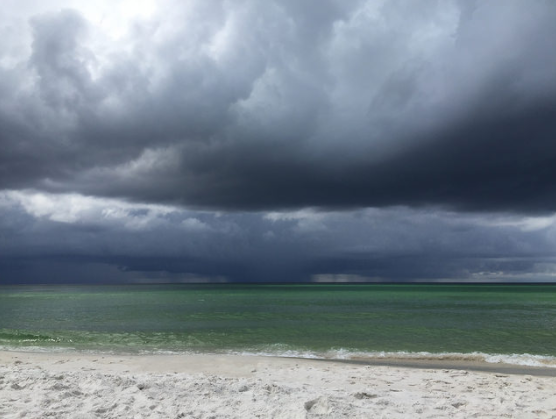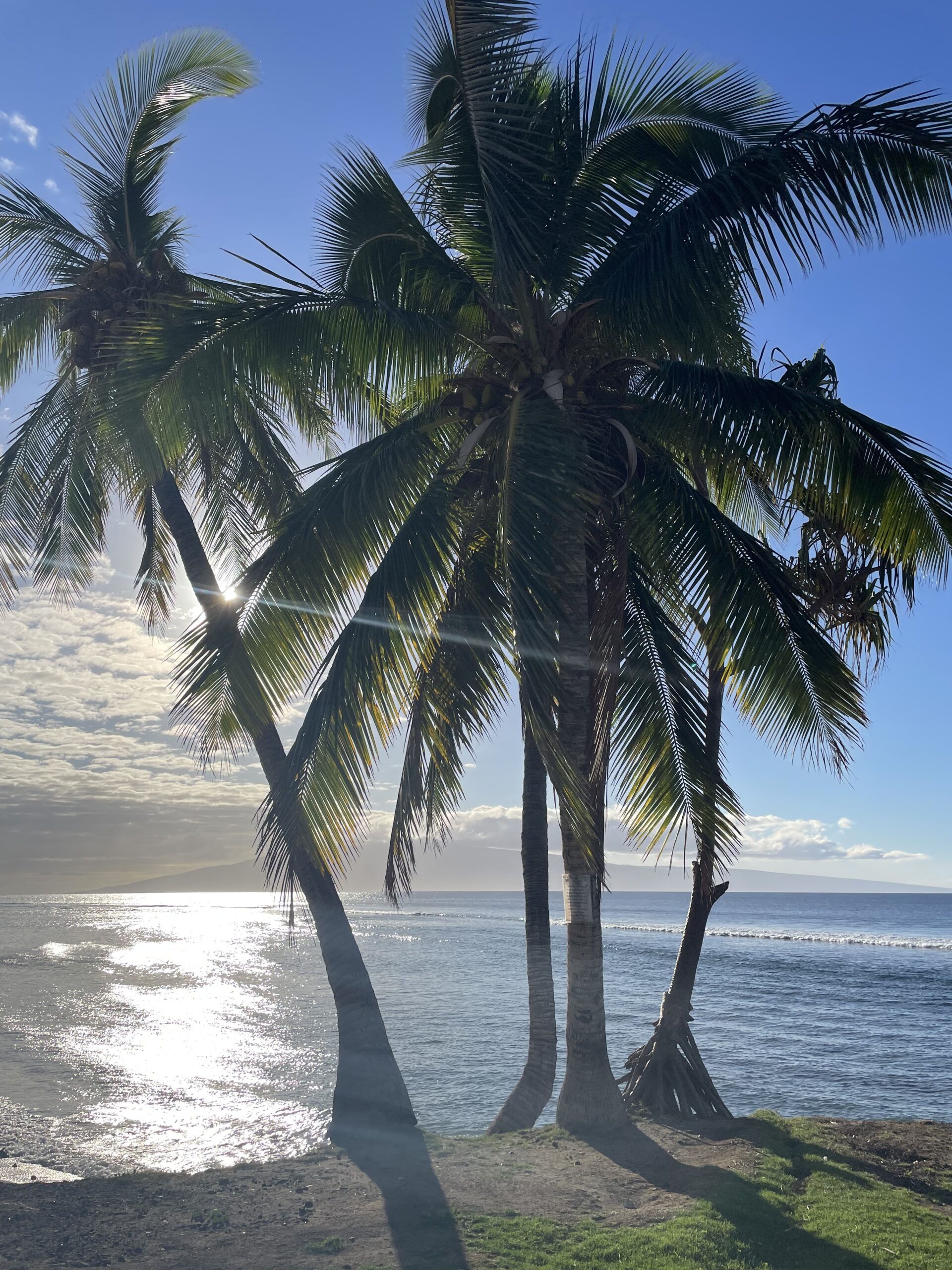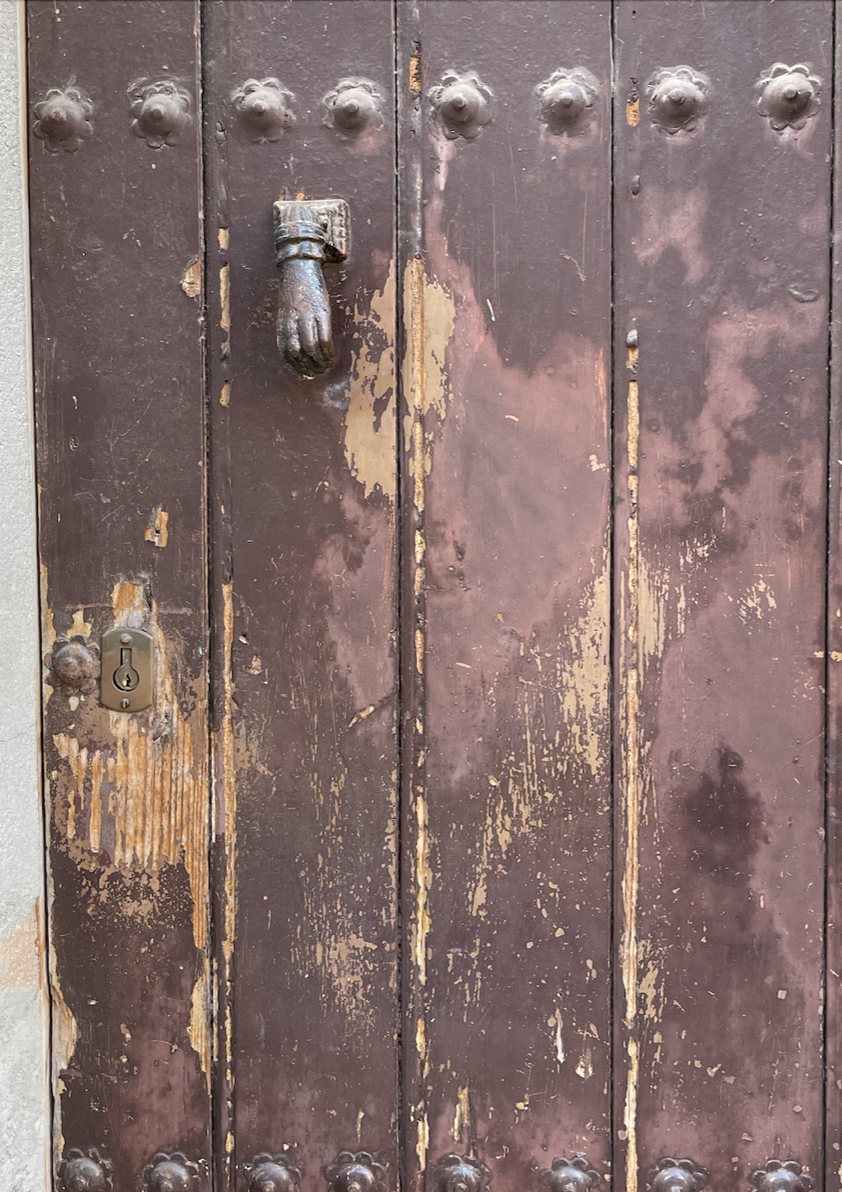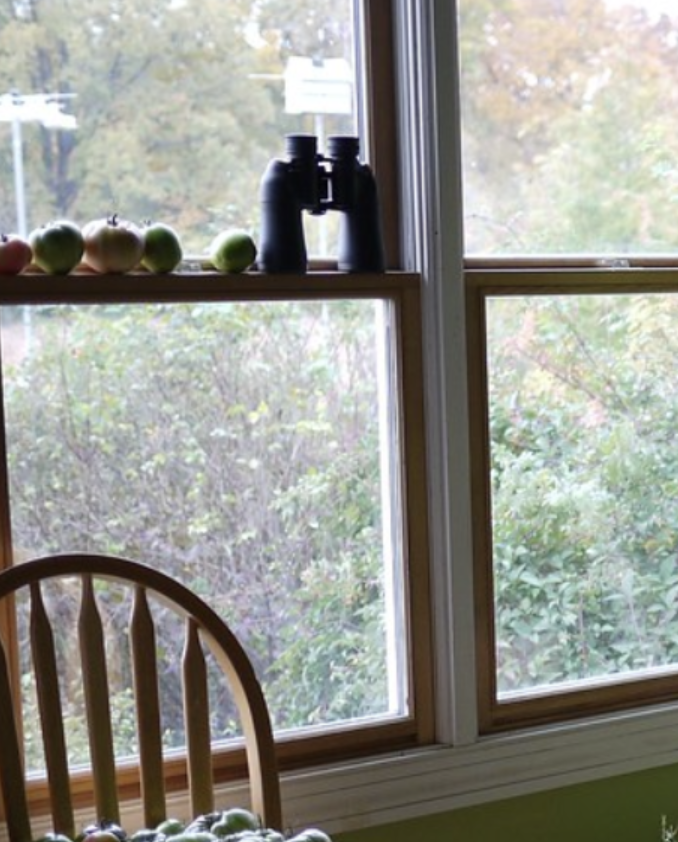For two hours we watched storm clouds gather as our speedboat cut through coffee-colored waves on the Içana River. We beached at the base of a sandy cliff called Paitsidzapani in the Baniwa language, named for a kind of edible frog. Brazilian Portuguese has no word for such herpetological minutiae, so the Baniwa also call the place Serra do Desafio da Vida, or “Challenge of Life Hill.” Baniwa Indians stop here to partake of its dual enchantments: some stay at the base to gather coal shards endowed with a miraculous capacity to promulgate the eponymous (and by all accounts delectable) frogs. The brave, however, look towards the top, fix their eyes on dry twigs lining the precipice, and climb the steep embankment.
In this landscape of dwarf forests, swamps and sand dunes along the Brazil-Colombia border, the hill metes out destiny like the Fates: those who top out with a steady stride and plant a tree branch along the ledge will be blessed by a long and healthy life; those who break stride and pause to rest are doomed to die young. The Hill of Life is less arbitrary than unbending Atropos, since cardiovascular capacity certainly correlates with longevity. Yet this is no light-hearted athletic feat: Abel, my Baniwa companion, said that his sister collapsed halfway up and was dead within a few years.
As most of our party ascended, I considered from below. Although not foolhardy, I enjoy a reasonable physical challenge. But as an ethnobotanist—half scientist, half mystic—I maintain a cautious respect for taboo and superstition, which have an uncanny penchant for truth. Yet the hill couldn’t have been higher than fifty yards. It was steep, but I’m in pretty good shape. My only worry was a nagging knee.
I began at a brisk jog, almost a sprint. I covered the first fifteen yards easily. Abel shouted from the top, “Don’t wear yourself out!” I reverted to a lunging stride, already breathing sharply and regretting the initial exertion as the path got steeper.
The hill, like life, is deceptive. The sand looked soft and inviting, but as I climbed it became deep and white and treacherous as a snowdrift. As the slope increased, the ground seemed to suck energy through the bottom of my feet. There is a mechanical explanation: the yielding sand absorbs impact and impulse, stealing the drive out of each forward lunge. But for the superstitious soul, there is a spiking sense of desperation, “What if I don’t make it?!”
Halfway up, and I was in trouble. Fatigue set in just as the slope steepened wickedly. My heart pounded and my lungs ached as urgently as my burning legs. My stride became erratic as I slogged through collapsing powder, pausing longer after each footfall. About three-quarters up, my bad knee panged and I lurched to the left, almost losing my balance in calf deep-sand. I thought it was over. But I righted myself with an outstretched hand and leaned forward as far as I could, agonizing through the final steps. Human will, for all its tenacity, eventually meets the wall of physical limitation: ten more feet and I would have collapsed. But I had reached the top.
With a crazed heart slamming in my ears, I bent forward to breathe, but Abel urged, “Don’t stop! Run and plant your branch!”
It was the hardest part of the trial. With leaden feet, burning thighs, racing heart, and panicky breath, I shambled toward the scrub forest and broke off a sturdy living branch with shriveled, olive-like fruits. I limped back to the cliff and planted my branch alongside a few fresh twigs and many withered ones. I looked out over the spectacular vista that swam and pulsed before my eyes: a tapestry of forest stretching to the horizon, broken only by a band of white sand and the reddish-black ribbon of the river. Tall rain clouds were moving toward us. A ferocious bolt of lightning cracked and its thunder roared over the forest like a breaking tidal wave.
“Whenever someone climbs, the shamans of the Jaguar Clan throw thunderbolts,” said Abel. “This is where their souls enter the mountain.”
We raced down the hill, falling carefree through the crazed channels we had dredged up, and which the wind and the rain would soon smooth over. To finalize the rite and seal its augury for our party, we all dove, head first and fully clothed, into the icy black pool at the foot of the precipice.
Içana River, Upper Rio Negro, Brazil
October 25, 2010
G. Harvey Shepard blogs at ¨Notes from the Ethnoground¨




